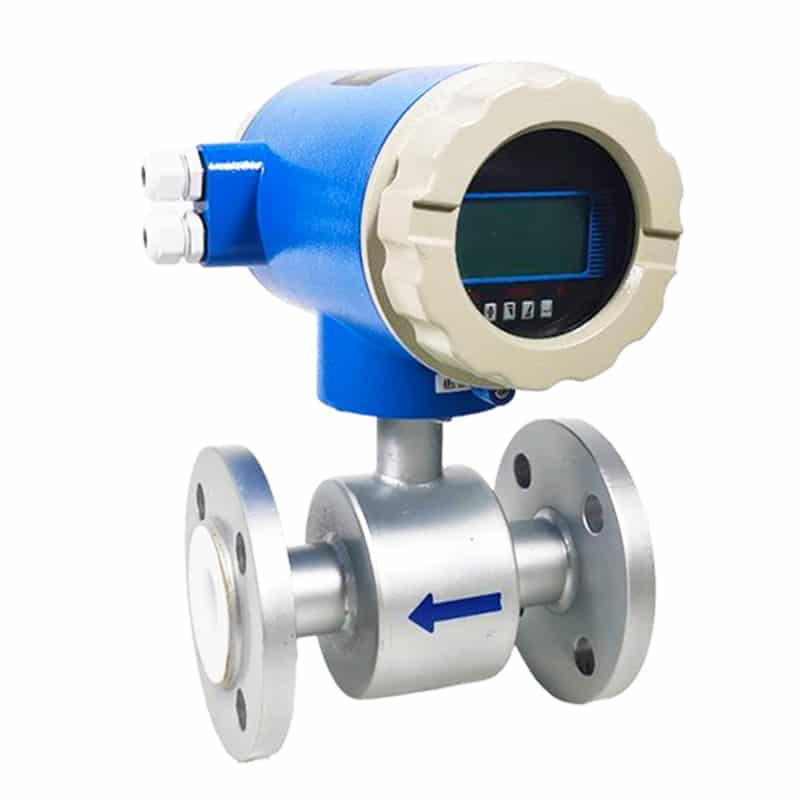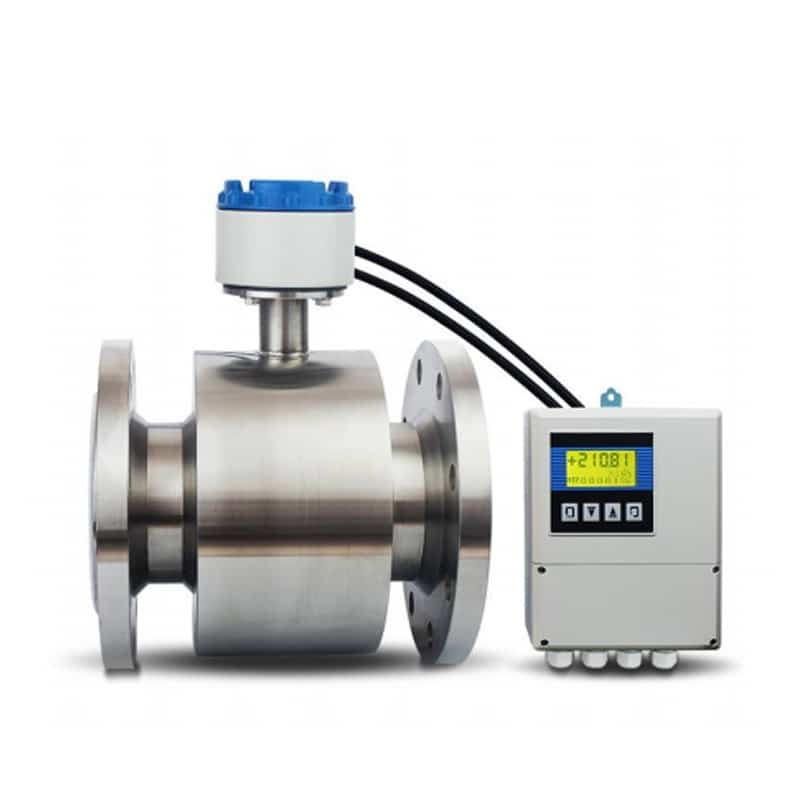Volumetric flow meters are important tools used in various industries to measure the volume of fluids in a system.
What Is A Volumetric Flow Meter?
Volumetric flow meters measure the volume of fluid that passes through a point in a system at a given time. Unlike mass flow meters, which measure mass flow, volumetric flow meters only measure volume, making them ideal for applications that measure volume.
Types of Volume Flow Meters
Mechanical Flow Meter
- Positive displacement flow meter: This type of flow meter calculates the flow rate by measuring the volume of fluid that passes through the metering chamber during each rotational cycle. Examples include gear flow meters and piston flow meters.
- Turbine flow meter: The flow rate is measured by the rotational speed of the turbine blades, the higher the flow rate, the faster the turbine rotates, thus calculating the volume flow rate.

Differential Pressure Flow Meter
- Venturi tube: The flow rate is calculated by measuring the pressure difference of the fluid at different cross sections in the pipe.
- Orifice plate flow meter: Measuring the fluid through the orifice plate before and after the pressure difference to determine the flow rate.
Ultrasonic Flow Meter
Flow rate is calculated by measuring the velocity of propagation of ultrasonic waves in a fluid. Common methods include the time difference method and the Doppler effect method.


Electromagnetic Flow Meter
Measures the flow rate of an electrically conductive fluid through Faraday’s law of electromagnetic induction to calculate the flow rate.


Areas of Application for Volumetric Flow Meter
Water treatment:
Measure raw, purified and wastewater flows to ensure treatment process effectiveness and compliance.
Oil & gas:
Monitor the flow of crude oil, natural gas and refined products to ensure accuracy of delivery and storage.
Chemical industry:
Control the flow of all types of liquids and gases during chemical reactions to ensure the stability and safety of the production process.
Food and beverage:
Accurately measure various types of liquids and gases used in production processes such as milk, beer, juice and carbon dioxide.
HVAC systems:
Measure air and water flow in heating, ventilation and air conditioning systems to optimize system performance and energy savings.
Advantages and Limitations of Volume Flow Meter
Advantages
- High accuracy and reliability.
- Can be used with many types of fluids, including liquids, gases and vapors.
- Can be operated at a variety of temperatures and pressures.
Limitations
- Some types of flow meters may have requirements for fluid characteristics (e.g., electrical conductivity, viscosity).
- Mechanical flow meters may require periodic maintenance.
- Initial installation costs may be high, especially for ultrasonic and electromagnetic flow meters.
Volumetric Flow Meter vs Mass Flow Meter
| Feature | Volumetric Flow Meter | Mass Flow Meter |
| Measurement | Fluid volume | Fluid mass |
| Output Units | Cubic meters/hour, gallons/minute | Kilograms/hour, pounds/minute |
| Common Types | Mechanical, differential pressure, ultrasonic, electromagnetic | Coriolis, thermal |
| Dependency | Affected by fluid density and temperature changes | Less affected by fluid density and temperature changes |
| Applications | Water treatment, oil and gas, chemical, food and beverage, HVAC systems | Chemical processing, pharmaceuticals, food processing, fuel flow measurement |
| Accuracy | General accuracy | High accuracy |
| Maintenance Cost | Lower | Higher |
Summary
Volumetric flow meters are important tools for measuring fluid flow and are widely used in various industries. Depending on the application requirements and fluid characteristics, the right type of flow meter can be selected to ensure accurate flow measurement and process control.
Apure offers water quality parameter analyzers, level meters, temperature and pressure gauges in addition to flow meters, please contact us if you need more information.
